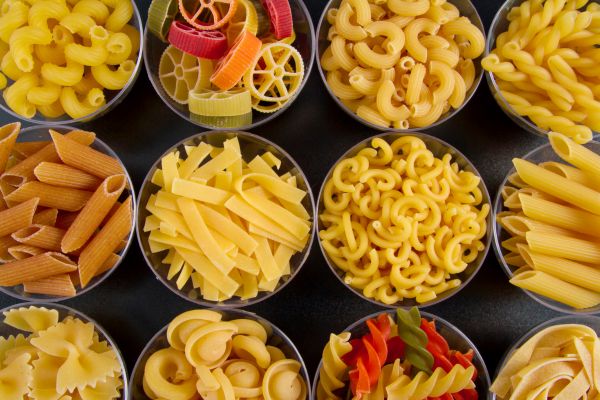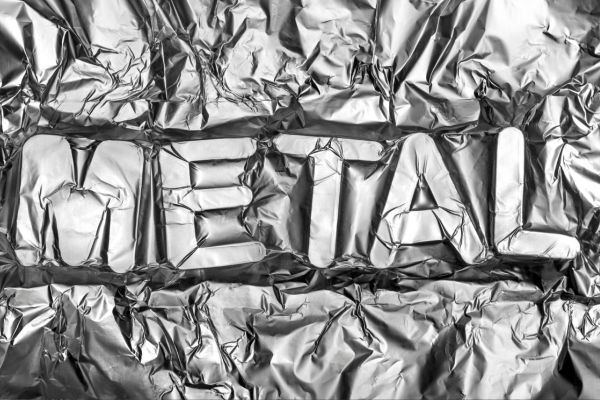How a Washing Machine Works Complete Guide
Washing machines are essential household appliances in everyday life, providing practicality and efficiency in cleaning clothes.
But how a washing machine works? This device operates through a system that mixes water, soap and mechanical movement to remove dirt and stains from fabrics.
Throughout this article, we will explain each step of the process, the main components and how to choose the best option for your needs.
1. Main Components of a Washing Machine
Before understanding how a washing machine works, it is essential to know its main components:
- Drum (or basket): Where clothes are placed for washing. It can be made of stainless steel or sturdy plastic.
- Engine: Responsible for moving the drum during the washing and spinning phases.
- Drain pump: Removes dirty water from the machine after the wash cycle.
- Water inlet valve: Controls the amount of water entering the machine.
- Agitation system (or agitator/pulsator): Promotes the movement of water and clothes for effective cleaning.
- Control Panel: Allows selection of wash cycles, water temperature and other settings.
2. Stages of Operation of a Washing Machine
Now that you know the main components, let's go into more detail. how a washing machine works, explaining its operating steps.
1. Water Inlet
The first step in operating the washing machine is to fill it with water. The inlet valve releases the required amount of water, which can be cold, warm or hot, depending on the setting chosen.
2. Mix with Soap
As water enters the machine, it mixes with the soap or detergent, ensuring that the product is evenly distributed before the washing process begins.
3. Washing (Shaking or Tumbling)
The drum starts to move, agitating the clothes. Depending on the machine model:
- Top loading machines use a agitator or pulsator to move water and clothes.
- Front loading machines perform a tipping movement, turning the drum more delicately.
This process is essential to remove dirt, stains and residues present in fabrics.
4. Rinse
After washing, the machine drains the dirty water and begins the rinsing process. This step removes soap residue and dirt, ensuring that your clothes are completely clean. Some machines perform more than one rinse for more efficient cleaning.
5. Centrifugation
In the final phase, the machine spins the drum at high speed to remove excess water from the clothes. This process reduces drying time, making it easier to hang or tumble dry.
3. Types of Washing Machines and Their Differences
Now that you know how a washing machine works, it is important to understand the differences between the main types available on the market.
Top Load Washing Machine
- Use an agitator or pulsator to move the clothes.
- Faster, but may consume more water and energy.
- Recommended for families that need frequent and voluminous washing.
Front Load Washing Machine
- It uses the tipping system, which saves water and energy.
- It is more efficient in removing dirt.
- Quieter and more delicate with fabrics.
Washer and Dryer
- Combines washing and drying functions in the same appliance.
- Ideal for those who have little space and are looking for practicality.
- May have a longer cycle due to drying time.
4. How to Choose the Best Washing Machine for Your Needs?
When choosing a washing machine, it is essential to consider some factors:
- Capacity (kg): Small 7kg models are ideal for singles or couples, while models weighing 12kg or more are suitable for large families.
- Energy efficiency: Opt for machines with Procel A seal, ensuring energy savings.
- Extra functions: Some machines offer specific cycles for delicate clothes, comforters and even quick wash programs.
- Available space: Evaluate the laundry space before choosing between top load and front load models.
5. Care and Maintenance for Efficient Washing
To ensure your machine works properly and extend its lifespan, follow these tips:
- Use the right amount of soap: Excess detergent can cause residue to build up and impair the machine’s performance.
- Clean the filter regularly: This prevents blockages and improves drainage efficiency.
- Periodically clean the drum: Some models have a self-cleaning cycle, but you can also do this with vinegar and baking soda.
- Avoid overloading the machine: Placing more clothes than the recommended capacity may damage the motor and compromise the quality of the wash.
6. Advantages of Using a Washing Machine
Having a washing machine provides several benefits, such as:
- Time saving: Significantly reduces the time spent washing clothes by hand.
- Cleaning efficiency: The movement of the drum and the action of the soap remove dirt effectively.
- Reduction of water and energy consumption: Modern models are designed to be more efficient and sustainable.
- More care with fabrics: Different wash cycles allow you to adapt the machine to each type of clothing.
Now that you know how a washing machine works, you can make more informed decisions about the ideal model for your home.
This appliance is a great ally in your routine, providing practicality, savings and efficiency when washing clothes.
To ensure good performance, choose the right machine for your needs and follow the maintenance tips. This way, your clothes will always be clean and well cared for, with less impact on water and energy consumption.






